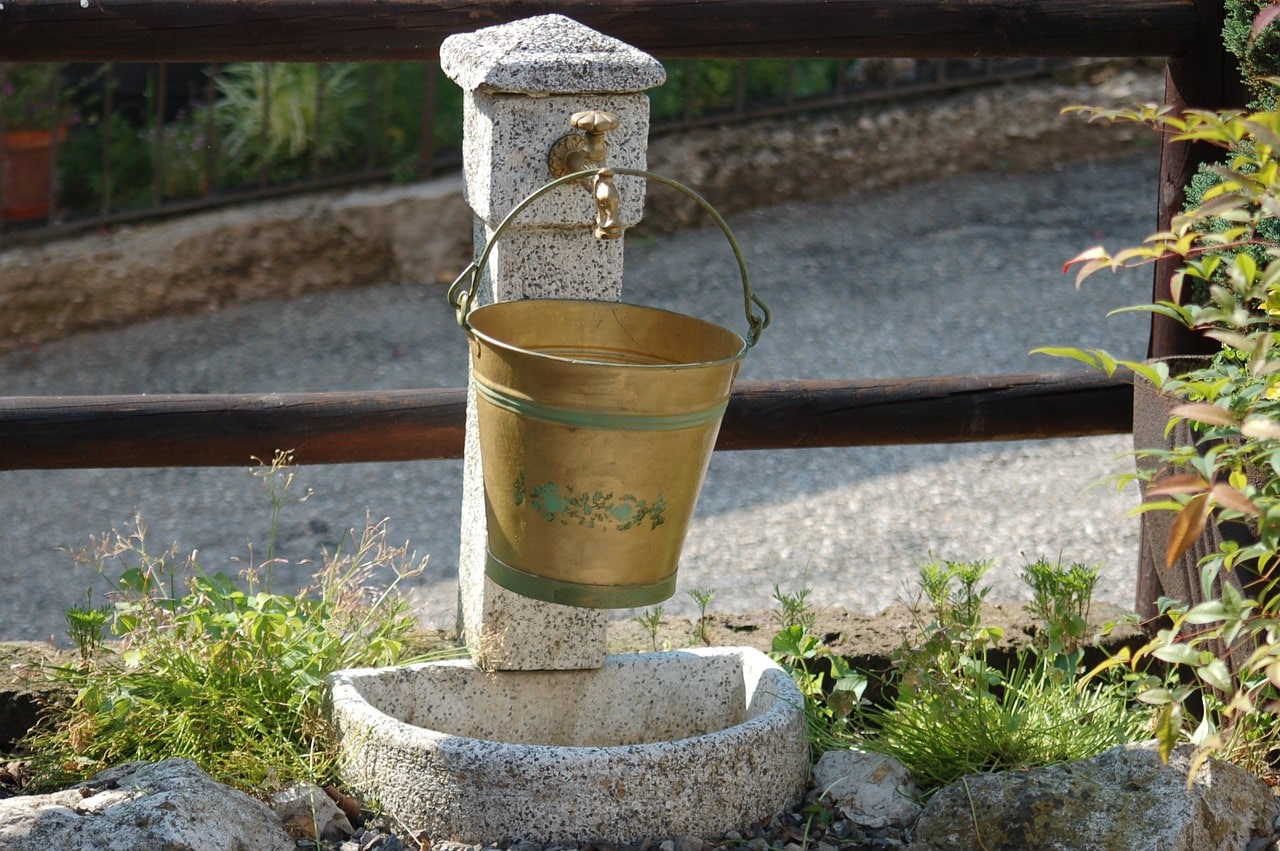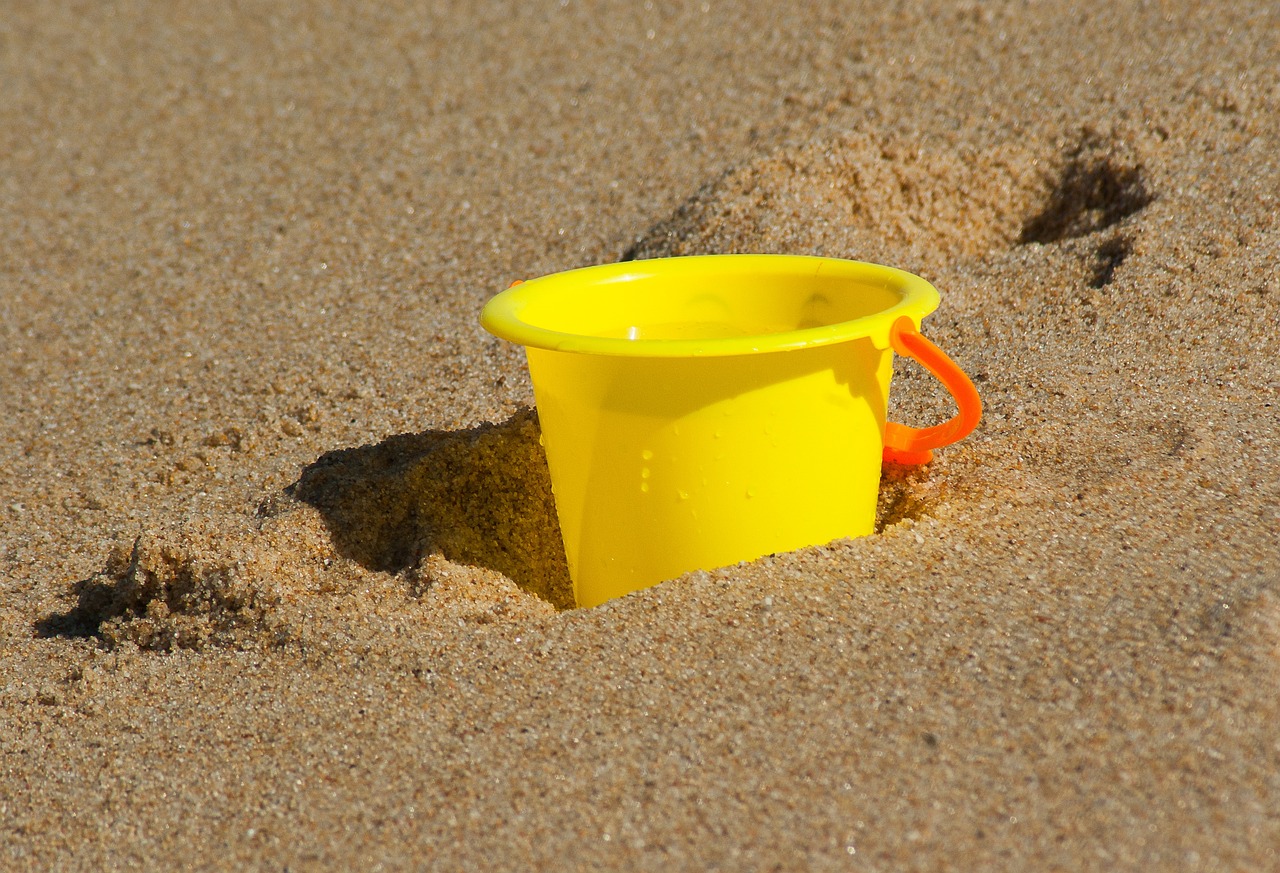
Although plastic is the most common material for buckets, they are also made of metal.
A bucket is a cube : a container that, in its upper sector, has a folding handle to facilitate its transportation. The buckets are usually in the shape of an inverted and truncated cone.
Storage and transportation of liquids
The bucket is suitable for storing and transporting liquids . This is due to the fact that it is concave.
Also known as buckets , these utensils are usually made of plastic , although metal buckets also exist.
Origins
It is believed that the first buckets were used in Ancient Rome , according to different archaeological finds. Those buckets were used to transport wine or water . In fact, for a long time buckets were indispensable for carrying water from wells and fountains to conservation containers located in towns and cities, such as cisterns and barrels.
Ancient containers used to transport water and other liquids were usually of natural origin , such as carved wooden bowls, fruit peels, animal skins, or ceramic vessels. They adjusted to the needs and materials available in each region. In addition to its Roman version, the bucket has been a tool used by various cultures throughout history.
Over time, more sophisticated manufacturing techniques , such as molded ceramics and metalworking, were developed, allowing for the production of stronger, more durable containers . In many ancient civilizations, such as Egyptian, Mesopotamian, Greek, and Roman, ceramic and metal buckets were used.
Currently, the most common buckets are those with a capacity of five liters . Anyway, there are bigger ones and smaller ones. Buckets are often used to store water used for washing or cleaning, for example.
beach buckets
There are buckets, on the other hand, that are used for children to play on the beach . These small buckets allow you to carry water and sand and help in the construction of typical castles.
These products are commonly known as "beach buckets" or "beach pails." They are toys specifically designed so that children can enjoy creative activities in the sand , although they are also used by adults, usually to accompany the little ones and to teach them how to use them.
They are usually made of strong and durable plastic, making them ideal for use in beach environments. They have a cylindrical or conical shape with a handle on the top for easy transport and handling. The base of the bucket usually has holes or slots to allow water and sand to drain away when they are filled and turned over to build structures.
In addition to buckets, additional molds or shapes , such as shovels , rakes, and sieves, are often included, allowing children to create different designs and textures in their sand constructions. These toys encourage children's imagination, creativity and motor coordination while they enjoy the beach.

Beach buckets are ideal for encouraging children's creativity.
In adverbial phrases
The term bucket is also used in several adverbial phrases : in vain, in vain , and in vain . In this case, the etymological root is considered to be found in classical Arabic bāṭil , which translates as "useless" or "worthless" .
What is done "in vain" , therefore, is in vain , useless. It is usually used to express frustration at the lack of results after an effort to achieve a goal.
That which is "free" , in other words, has no cost, price, cause or motive. It is worth mentioning that this phrase also shares meaning with the previous one. Finally, "being free" is the same as being left over or having nothing to do, no occupation.
